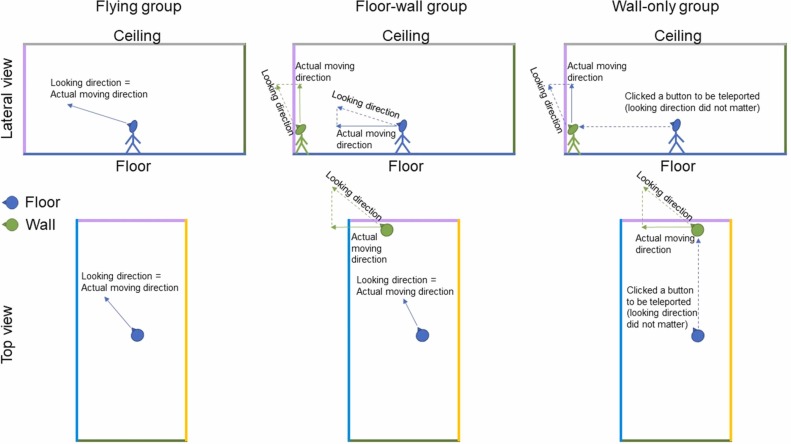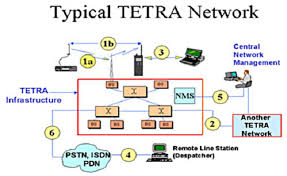Vertical Encoding (VE): What It Is and Why It Matters
telcomatraining.com – In the ever-evolving landscape of digital technology, encoding techniques play a crucial role in data processing, storage, and transmission. One such method that has gained significant attention is Vertical Encoding (VE). This technique enhances data structuring and processing efficiency, making it a valuable asset in various applications, including data compression, machine learning, and database management. This article delves into what Vertical Encoding is, how it works, and why it is important in modern computing.
What Is Vertical Encoding (VE)?
Vertical Encoding (VE) is a data encoding technique where data elements are stored and processed in a columnar format rather than a traditional row-based layout. Unlike horizontal encoding, which organizes data in a sequential, row-wise manner, VE structures data into columns, optimizing read and write operations for specific applications.
Key Features of Vertical Encoding
- Columnar Data Storage: Data is stored column-wise, allowing for more efficient access and retrieval of specific attributes.
- Improved Compression: Since similar data types are grouped together, VE enhances compression efficiency, reducing storage requirements.
- Faster Query Performance: Columnar organization allows for quicker data retrieval, especially when dealing with large datasets.
- Optimized for Analytical Workloads: VE is particularly beneficial for analytical and business intelligence applications where querying specific attributes is common.
How Vertical Encoding Works
Vertical Encoding operates by restructuring traditional row-based databases into a columnar format. Here’s how it differs from traditional row-oriented storage:
- Row-Based Encoding: Each record is stored sequentially, meaning all attributes of an entry are grouped together. This format is suitable for transactional operations.
- Column-Based Encoding: Each attribute (column) is stored separately, making it more efficient for analytical queries that require scanning specific fields.
For example, consider a dataset containing customer details:
| ID | Name | Age | Country |
|---|---|---|---|
| 1 | Alice | 30 | USA |
| 2 | Bob | 25 | Canada |
| 3 | Carol | 28 | UK |
In row-based encoding, data is stored sequentially as:
1, Alice, 30, USA | 2, Bob, 25, Canada | 3, Carol, 28, UK
Whereas in Vertical Encoding, data is stored as:
1, 2, 3 | Alice, Bob, Carol | 30, 25, 28 | USA, Canada, UK
This format enables more efficient column-based querying and processing.
Why Vertical Encoding Matters
1. Enhances Query Performance
One of the most significant advantages of VE is its impact on query performance. When performing analytics, fetching data from specific columns is much faster than scanning entire rows. This is particularly useful in databases handling large datasets, such as data warehouses.
2. Reduces Storage Costs
Because VE groups similar data types together, it allows for better compression techniques. This reduces the storage footprint, making it an ideal choice for businesses looking to optimize data storage costs.
3. Optimized for Big Data and Machine Learning
With the rise of big data, columnar data structures are increasingly being used in machine learning applications. VE allows models to process only the necessary attributes, leading to faster training times and improved efficiency.
4. Better Scalability
As datasets grow, traditional row-based storage systems struggle to keep up with the increasing volume of queries. VE provides a more scalable solution by improving data retrieval times and reducing processing overhead.
Applications of Vertical Encoding
1. Data Warehousing
Many modern data warehouses, such as Google BigQuery and Amazon Redshift, leverage columnar storage for better query performance.
2. Machine Learning Pipelines
Data preprocessing in machine learning often benefits from VE since it enables selective attribute processing, reducing computation time.
3. Financial and Healthcare Analytics
Industries that rely on large-scale data analytics, such as finance and healthcare, use VE to accelerate insights while minimizing storage costs.
Conclusion
Vertical Encoding (VE) is a powerful data structuring technique that optimizes storage, improves query performance, and enhances data analytics. As businesses continue to handle vast amounts of data, adopting VE can lead to significant efficiency gains. Whether used in data warehousing, machine learning, or analytics, VE is a key tool for modern computing solutions. By understanding and implementing VE, organizations can maximize performance and scalability in an increasingly data-driven world.







